What is Social Media?
By SAMAIYA JULY ‘28 and DIYA SANDEEP ‘28
Is Pinterest social media? While your first instinct might be to say no, like the vast majority of people, it arguably fits many of the main defining points of a social media platform. Even searching up the question on Google results in so many contradicting answers. Blogs, Reddit threads, and Youtubers all firmly state that the purpose of Pinterest is so different than other sites and therefore cannot possibly be grouped in with other apps.
But then there are just as many sources that cite it as unique, but nonetheless a spin on already existent and recognized forms of social media. Even Wikipedia, the popular online encyclopedia that seems to hold every answer, introduces it as “an American social media service.” So what makes Pinterest such a point of debate, and how does it matter?
To find the most correct answer, first we should settle on an accurate interpretation of social media. Considering major players in the field such as Instagram or Tiktok, we all have an idea of what a platform looks like. Many include short-form content, a tuned “For You” page, and varied ways of interacting with online communities.
Oxford Languages defines it more broadly, stating that social media entails “websites and applications that enable users to create and share content or to participate in social networking.” Running with that as our standard, not only does Pinterest apply, but so do WhatsApp, LinkedIn, and even Etsy. While it’s a looser fit of the definition, these platforms technically all contain components of social media.
To put it in a clearer perspective, users of Pinterest are all interacting with pins in the same way you’d react to posts on Instagram — you can like, comment, and save it to separate boards. Do those features not feel similar? Pinterest is also home to a booming hub of creators, containing over 500 billion pins and roughly 500 million active users.
People insisting that Pinterest isn’t social media tend to fall back on the fact that it also serves as a visual search engine, comparing it to the likes of Google. However, there are only a few parallels that the public can draw from Google, which operates purely as a search engine and source of information. Meanwhile, Pinterest, which incorporates a social networking aspect, mainly relies on the informational features of both platforms.
Most people would consider Pinterest to be a safer alternative to other leading networks. Considering people tend not to think as much about the social properties of the app, it’s easy to imagine that Pinterest is just a visual version of Google Images. It has a wider range and variety of content types compared to others of its kind.
Pinterest caters to many niches and a large audience. Your feed on Pinterest takes a very different form than it might on Facebook or X (formerly Twitter). There is less of a focus on the creators behind the pins you interact with, so it is easier to forget that there are people behind the screen. There are features that allow you to message friends, but it is not as widespread a form of communication as say, Instagram DMs. The majority of users on Pinterest will also not post, so if you are not a creator based on the app, you may not realize that your data on the app is collected much like it would be on YouTube or Instagram, with creators attempting to gain followings and find popularity on the app using the metrics that the app provides.
While it has a large amount of users, it still pales in comparison to other media platforms, so is it really safer? Yes, but it still has the same addictiveness as other social media apps. In some cases, Pinterest can be more addictive as its content isn’t as short-lived as on Instagram or TikTok. Once posted, content is pushed to every user a number of times, as pins usually stay relevant and continue to gain traction months, or even years, later.
Similarly, Pinterest has the same communicative features as many media apps. Therefore the possibility of cyberbullying, threats, and stalker communication is still able to happen, which is a common feature many people overlook.
One of the biggest concerns with the Pinterest app is the manipulation of visual imagery. Like most other social media apps, Pinterest’s platform can promote unrealistic beauty standards and unhealthy lifestyles, particularly regarding body image among users. The visual aspect of Pinterest amplifies this issue as users scroll through often idealized representations of life that promote certain imagery and diminish self-esteem.
The debate over whether Pinterest is a social media platform depends largely on how we define media itself. Despite the argument that Pinterest is mainly a visual search engine and is far less harmful than other platforms, there is still risk. Pinterest’s similar style of interactions still leaves users with the possibility of being threatened, cyberbullied, and viewing unrealistic content, all of which parallels with the more influential media apps. Pinterest’s functionality as both a creative resource and socially interactive space complicates its understanding as an app and how people interpret it overall.
